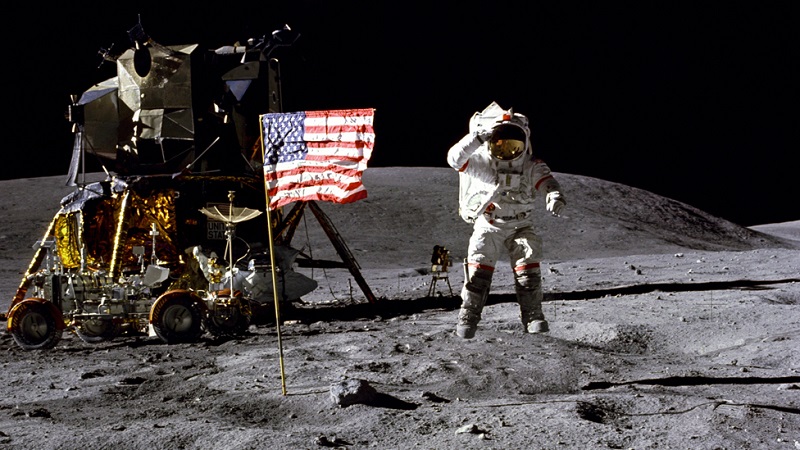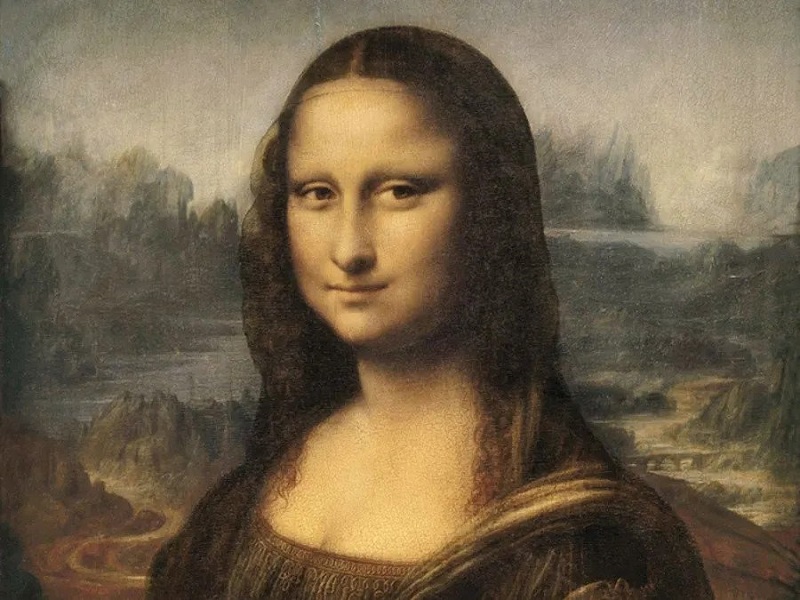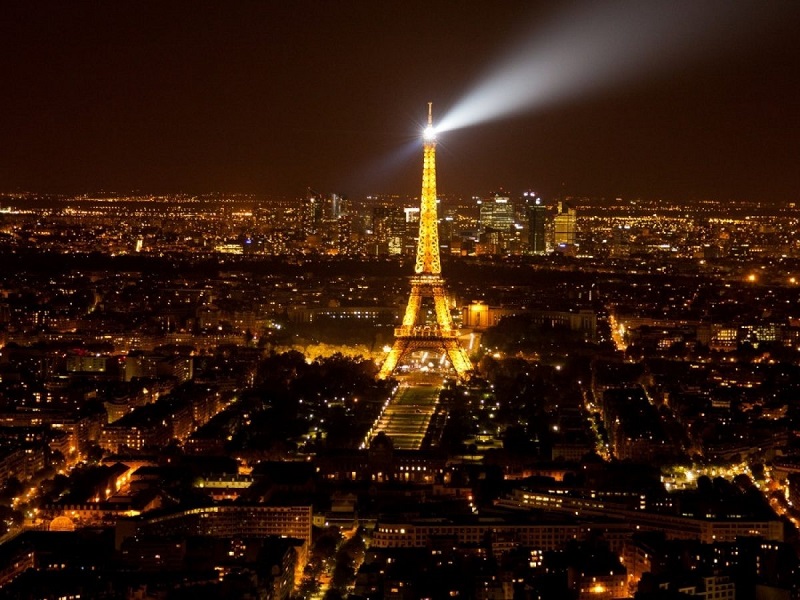Introduction
In today's digital age, the demand for high-quality images is ever-increasing, and stock image platforms play a vital role in meeting this demand. Alamy, as one of the leading stock image platforms, holds a treasure trove of visual content catering to diverse needs. Understanding user preferences and trends in this vast sea of imagery is crucial for photographers, designers, and businesses alike.
In this blog post, we delve into the world of Alamy's most searched images, exploring the significance of user preferences and trends in shaping the digital imaging industry. By analyzing the popular categories, themes, and subjects, as well as identifying emerging trends, we aim to gain valuable insights into the preferences of Alamy's users, ultimately aiding image creators in crafting compelling visual content that resonates with their target audience.
Also Read This: How to Create Great Facebook Ads with Shutterstock Images
Most Searched Images on Alamy
| Rank | Image Title | Category | Insights |
| 1 | Man's first steps on the moon | History | This image is a powerful symbol of human achievement and exploration. It is also a popular choice for educational and marketing purposes. |
| 2 | Mona Lisa | Portraits | This iconic image is one of the most famous paintings in the world. It is often searched for by art lovers, historians, and tourists. |
| 3 | Taj Mahal | Architecture | This stunning white marble mausoleum is one of the most popular tourist destinations in the world. It is often searched for by photographers, travelers, and history buffs. |
| 4 | Eiffel Tower | Landmarks | This iconic tower is one of the most recognizable landmarks in the world. It is often searched for by tourists, photographers, and architecture lovers. |
Also Read This: Here’s a Step-by-Step Guide to Pair Rumble to Firestick
1. Man's first steps on the moon

his image shows Neil Armstrong taking his first steps on the moon on July 20, 1969. It is one of the most iconic images in history, and it captures a moment of great human achievement. The image is often used to inspire people and remind them of what is possible.
The image was taken by Buzz Aldrin, who was the second person to walk on the moon. He used a Hasselblad camera to take the photo, and it was later released to the public. The image quickly became famous, and it has been reproduced countless times in books, magazines, and on television.
The image of man's first steps on the moon is a powerful reminder of the human spirit of exploration and discovery. It is a symbol of what we can achieve when we work together and set our minds to something.
Also Read This: How to Install Shutterstock Free Editor Toolkit: A Step-by-Step Guide
2. Mona Lisa

The Mona Lisa is a half-length portrait painting by Italian artist Leonardo da Vinci. It is one of the most famous paintings in the world, and it is considered an archetypal masterpiece of the Italian Renaissance. The painting depicts a woman with a mysterious smile, and it has been the subject of much speculation and debate.
The Mona Lisa was painted sometime between 1503 and 1519 when Leonardo was living in Florence. It is believed to be a portrait of Lisa Gherardini, the wife of a Florentine merchant. However, the identity of the sitter is still debated by scholars.
The Mona Lisa is currently on display at the Louvre Museum in Paris, France. It is one of the most popular tourist attractions in the world, and it is estimated that over 10 million people visit it each year.
The Mona Lisa is famous for its enigmatic smile. The smile is said to be both alluring and aloof, and it has been the subject of much speculation. Some people believe that the smile is a sign of the woman's inner happiness, while others believe that it is a sign of her hidden sadness.
The Mona Lisa is also famous for its use of sfumato, a technique that Leonardo developed to create a hazy, dreamlike effect. The sfumato technique is used to blend the edges of the woman's face and body, making her appear to be floating in space.
The Mona Lisa is a truly iconic painting, and it is one of the most beloved works of art in the world. It is a painting that continues to fascinate and intrigue people, and it is sure to continue to be a source of wonder and debate for many years to come.
Also Read This: Best Time to Post on Linkedin in 2023
3. Taj Mahal

The Taj Mahal is an ivory-white marble mausoleum on the south bank of the Yamuna River in the Indian city of Agra. It was commissioned in 1632 by the Mughal emperor Shah Jahan (reigned 1628–58) to house the tomb of his favourite wife Mumtaz Mahal; it also houses the tomb of Shah Jahan himself.
The tomb is the centerpiece of a 17-hectare (42-acre) complex, which includes a mosque and a guest house, and is set in formal gardens bounded on three sides by a crenelated wall.
Construction of the mausoleum was essentially completed in 1643 but work continued on other phases of the project for another 10 years. The Taj Mahal is widely recognized as "the jewel of Muslim art in India and one of the universally admired masterpieces of the world's heritage".
The tomb is a fusion of Persian and Islamic architectural styles, and its construction involved the talents of 20,000 workers, including skilled artisans from all over the empire. The white marble was brought from all over India, and the semi-precious stones were brought from as far away as China.
The Taj Mahal is a UNESCO World Heritage Site, and it is one of the most popular tourist destinations in India. It is a symbol of love, beauty, and Mughal opulence, and it has inspired poets, artists, and writers for centuries.
Also Read This: How to Sell a Photo to Shutterstock: A Step-by-Step Guide
4. Eiffel Tower

The Eiffel Tower is a wrought-iron lattice tower on the Champ de Mars in Paris, France. It is named after the engineer Gustave Eiffel, whose company designed and built the tower. Locally nicknamed "La dame de fer", it was constructed from 1887 to 1889 as the centerpiece of the 1889 World's Fair.
The Eiffel Tower is 324 meters (1,063 ft) tall, and the tallest structure in Paris. It is made of wrought iron and weighs 7,300 tons. The tower has three levels for visitors, with restaurants on the first and second levels. The top level offers panoramic views of Paris.
The Eiffel Tower is one of the most popular tourist attractions in the world. It is estimated that over 6 million people visit the tower each year. The tower is also a popular site for weddings and other special events.
The Eiffel Tower is a symbol of Paris and France. It is a reminder of the city's rich history and culture. The tower is also a symbol of progress and innovation. It was the tallest structure in the world for 40 years, and it is still one of the most iconic landmarks in the world.
Facts about the Eiffel Tower
Here are some interesting facts about the Eiffel Tower:
- The Eiffel Tower was originally intended to be dismantled after 20 years, but it was saved because it became a valuable radio and telecommunications tower.
- The Eiffel Tower is the world's most-visited paid monument, with over 6 million visitors each year.
- The Eiffel Tower is made of 18,038 pieces of wrought iron, and it is held together by 2.5 million rivets.
- The Eiffel Tower is painted every seven years, and it takes 60 tons of paint to do the job.
- The Eiffel Tower is a popular spot for suicides, and an average of two people jump from the tower each year.
The Eiffel Tower is a truly iconic landmark, and it is one of the most popular tourist attractions in the world. It is a symbol of Paris, France, and progress.
Also Read This: Learn How to Save Video from Telegram on iPhone and Watch It Anytime
Understanding User Preferences through Alamy's Most Searched Images
Alamy's vast collection of images and its search functionality provide valuable insights into user preferences and interests. By examining the most searched images on Alamy, we can gain a deeper understanding of the types of visuals that captivate users and drive their engagement.
a) Analysis of Different Image Categories
- Nature and Wildlife: Exploring the appeal of captivating landscapes, wildlife encounters, and natural wonders.
- Business and Finance: Understanding the demand for professional settings, corporate imagery, and financial concepts.
- Lifestyle and Fashion: Examining the trends in lifestyle photography, fashion, and everyday moments.
- Travel and Adventure: Uncovering the allure of travel destinations, adventurous activities, and cultural experiences.
- Technology and Innovation: Investigating the interest in technology-related visuals, futuristic concepts, and innovation.
b) Identification of Dominant Themes and Subjects
- People and Portraits: Analyzing the fascination with human emotions, diversity, and relatable characters.
- Nature and Environment: Understanding the emphasis on environmental conservation, sustainable living, and natural beauty.
- Business and Workplace: Recognizing the demand for professional settings, team collaboration, and entrepreneurship.
- Food and Culinary Delights: Uncovering the popularity of food photography, culinary experiences, and gastronomy.
- Art, Design, and Creativity: Exploring the interest in artistic concepts, design elements, and creative expressions.
c) Patterns and Preferences based on Demographics and Industries
- Geographic Considerations: Analyzing regional preferences and cultural influences on image searches.
- Industry-specific Trends: Understanding how different industries seek specific types of visuals for their marketing and branding.
- Target Audience Analysis: Examining the preferences of different demographic segments, such as age groups, gender, or interests.
By exploring these subheadings, we can gain comprehensive insights into the preferences and trends driving Alamy's most searched images. This knowledge can be invaluable for photographers, designers, and businesses in creating compelling and relevant visual content that resonates with their target audience.
Also Read This: Time Traveler’s Guide: How to See Best Offer Accepted on eBay in 2022
Implications and Applications
Understanding user preferences and trends in Alamy's most searched images has significant implications and practical applications for various stakeholders in the digital imagery industry. Here are some key areas where these insights can be applied:
a) Photographers and Image Creators
- Content Creation: Utilizing user preferences to guide the creation of new and relevant imagery that resonates with Alamy's users.
- Portfolio Curation: Analyzing the popular categories, themes, and subjects to curate portfolios that align with the current demand and trends.
- Niche Exploration: Identifying emerging or underserved niches based on user preferences and trends to cater to specific market segments.
- Marketing Strategies: Incorporating popular themes and concepts in marketing strategies to attract potential buyers and increase visibility.
b) Businesses and Marketing Professionals
- Branding and Advertising: Incorporating imagery aligned with popular categories and themes in branding and advertising campaigns to resonate with target audiences.
- Market Research: Utilizing the analysis of user preferences to understand consumer interests and adapt marketing strategies accordingly.
- Content Strategy: Leveraging insights on popular categories and themes to inform content creation strategies and engage customers effectively.
- Social Media Marketing: Identifying trending visual elements and concepts to create visually appealing content for social media platforms.
c) Stock Image Platforms
- Content Curation: Using user preferences and trends to curate featured collections and highlight relevant imagery to attract users.
- Search Algorithm Enhancement: Incorporating insights from user preferences to refine search algorithms and improve image discoverability.
- Contributor Guidance: Providing guidance to photographers and image creators based on popular categories, themes, and subjects to encourage the creation of in-demand imagery.
Rejecting applications for the Creative collection..sorry but it's ALL of your images on Alamy so they ALL need to be 'creative' to get in.
— Alamy Content Team (@AlamyContent) June 25, 2010
By leveraging the implications and applications of understanding user preferences and trends, stakeholders can optimize their creative output, marketing strategies, and overall business performance in the digital imagery industry.
Also Read This: Chromatic Symphony: Changing the Color Theme of Your Spotify App
FAQS
1. Why is understanding user preferences and trends important in the digital imagery industry?
Understanding user preferences and trends is important as it allows photographers and businesses to create visually appealing content that resonates with their target audience, increasing engagement and potential sales.
2. How does Alamy's collection of most searched images provide insights into user preferences?
Alamy's collection of most searched images provides insights by showcasing the types of visuals that users actively seek out and engage with, indicating their preferences and interests.
3. What are some popular image categories identified through analyzing Alamy's most searched images?
Popular image categories include nature, business, lifestyle, travel, and technology, based on the analysis of Alamy's most searched images.
4. How can image creators utilize user preferences to tailor their work and increase engagement?
Image creators can tailor their work by aligning with user preferences, such as focusing on popular categories and incorporating trending themes, resulting in content that is more likely to resonate with the audience and generate higher engagement.
5. How do user preferences vary based on demographics and industries?
User preferences can vary based on demographics and industries, with different age groups, genders, geographic regions, and industries exhibiting specific preferences for certain types of visuals or themes.
6. What practical applications do these insights have for businesses and marketing professionals?
These insights enable businesses and marketing professionals to optimize their marketing strategies by creating content that aligns with user preferences, targeting specific demographics, and industries to increase brand visibility and attract potential customers.
7. How can stock image platforms use user preferences and trends to enhance their services and attract users?
Stock image platforms can leverage user preferences and trends by curating their image collections to include popular categories, themes, and subjects. They can also refine their search algorithms to prioritize the most relevant and sought-after images, providing a better user experience and attracting more users to their platform.
Conclusion
In the dynamic realm of the digital imagery industry, understanding user preferences and trends is paramount for success. By exploring Alamy's most searched images, we have gained valuable insights into the categories, themes, and subjects that captivate users.
These insights have practical implications for photographers, businesses, and stock image platforms, enabling them to create relevant content, enhance marketing strategies, and stay ahead of the curve. Embracing user preferences and trends ensures a competitive edge in this ever-evolving landscape of visual communication.














